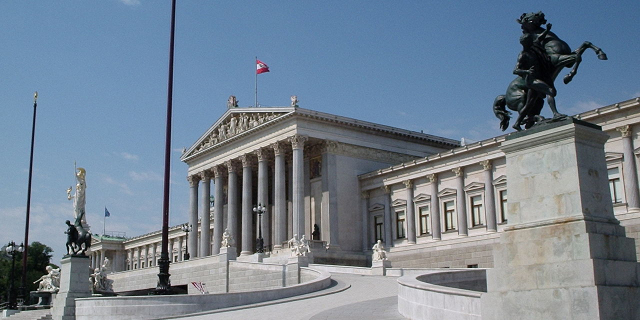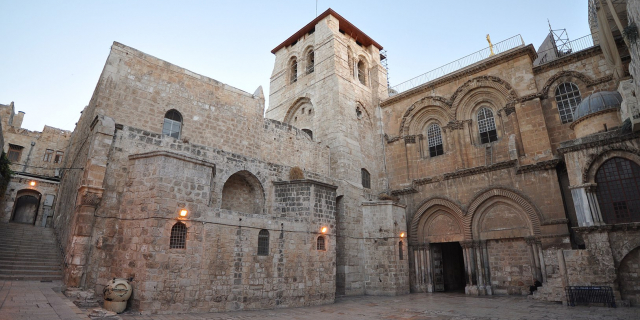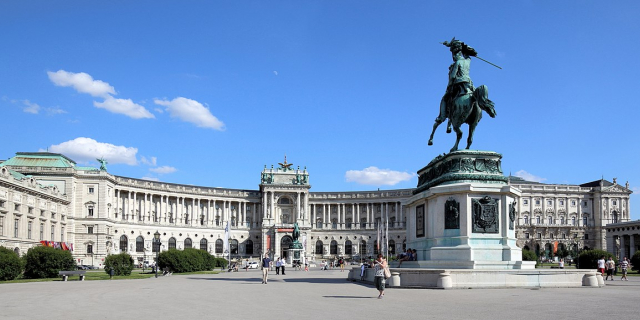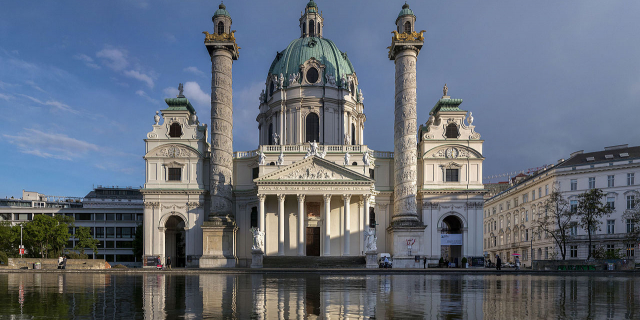Stift Melk
( Melk Abbey )Melk Abbey (German: Stift Melk) is a Benedictine abbey above the town of Melk, Lower Austria, Austria, on a rocky outcrop overlooking the Danube river, adjoining the Wachau valley. The abbey contains the tomb of Saint Coloman of Stockerau and the remains of several members of the House of Babenberg, Austria's first ruling dynasty.
The abbey was founded in 1089 when Leopold II, Margrave of Austria gave one of his castles to Benedictine monks from Lambach Abbey. A monastic school, a forerunner of the Stiftsgymnasium Melk, was founded in the twelfth century, and the monastic library soon became renowned for its extensive manuscript collection and production, many of them contain musical compositions. In the fifteenth century the abbey became the centre of the Melk Reform movement which reinvigorated the monastic life of Austria and Southern Germany.[1]
Today's Baroque abbey was built between 1702 and 1736 to designs by Jakob Prandtauer. Particularly noteworthy are the abbey church with frescos by Johann Michael Rottmayr and Paul Troger.[2] In the later eighteenth century, Abbey of Melk became a center of Enlightenment thought and social exchange; there was even a Masonic lodge there, since a number of monks were Freemasons.[3]
Due to its fame and academic stature, Melk managed to escape dissolution under Emperor Joseph II when many other Austrian abbeys were seized and dissolved between 1780 and 1790.[4] The abbey also survived threats to its existence during the Napoleonic Wars and in the period following the Anschluss in 1938, when the school and a large part of the abbey were confiscated by the state. The school was returned to the abbey after the Second World War and now serves nearly 900 pupils of both sexes.
Since 1625 the abbey has been a member of the Austrian Congregation, now within the Benedictine Confederation.
In his novel The Name of the Rose, Umberto Eco named one of the medieval protagonists "Adso of Melk" as a tribute to the famous abbey. Melk Abbey is also the metaphorical climax ("a peak in a mountain range of discovery") of Patrick Leigh Fermor's autobiographical account of his walking tour across Europe in A Time of Gifts.[5]
The abbey is part of Wachau Cultural Landscape, a World Heritage Site.
































Add new comment